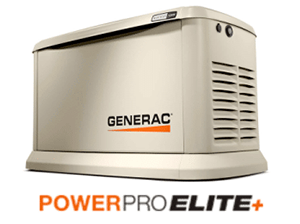Advancements in air conditioning tech have ushered in a new era of energy efficiency that’s designed to lower energy costs while still allowing your AC units function optimally. With these new technologies, air conditioning consumers can now stay cool without having to fork over huge amounts of money on utility bills every month.
More consumers are opting for units that produce more power per unit of energy consumed because that translates into cheaper bills, particularly during the “high run” seasons. There’s also the added perk of power companies paying people to these use higher energy efficient units. Some companies pay hundreds of dollars to consumers in the form of energy credits, tax rebates, or even cash.
The two key products of these innovative solutions are the Energy Efficiency Ratio (EER) and Seasonal Energy Efficiency Ratio (SEER) ratings. These are how we rate the efficiency of our HVAC systems, and understanding these ratings will help you make an informed decision about which system to buy and what you can expect to save.
What’s the Difference Between EER and SEER?
The difference between the two is literally the “S” in SEER. EER generally stands for Energy Efficiency Ratio. It was the first measure of efficiency introduced to help determine just how efficient an air conditioning unit is.
To calculate the EER of any AC unit, you’ll need to divide the output in the AC in BTUs by the amount of power needed to generate a specified amount of cooling in a particular condition — usually a high-temperature average of 95+ degrees.
With this, you would be able to appropriately establish just how much power is being consumed by the unit to produce the optimum amount of cooling under a maximum load. The higher that ratio, the less energy the unit requires to operate and the more efficient it is.
The SEER rating, on the other hand, means Seasonal Energy Efficiency Ratio, and this is pretty much the same thing as the EER, only it’s more applicable to the overall efficiency you get from each unit during specific seasons at an average temperature of 82 degrees or lower.
So, this rating is usually for regular temperatures in the summer and heating in the winter. As with the EER rating, the higher the SEER rating, the better your chances of saving costs on your air conditioning unit, but the seasonal focus can allow you to break down those implications a little further.
Please note that these ratings can be used side by side while making a buying decision on any air conditioning unit. And they may not necessarily be the same thing. For instance, some systems can have a high SEER rating and a lower EER rating, and vice versa.
It’s important to consider both ratings, particularly in a state like Florida where the temperatures can be between 80-90 degrees during the hottest months in the summer. These seasonal extremes can make the SEER rating more impactful on the decision of what unit to buy.
What Does it Do For Your Energy Bills
Clearly, the single biggest benefit of choosing high SEER or EER air conditioner is their cost-cutting capabilities. Energy Star estimates that homes using ACs with high SEER ratings tend to save up to 20 percent on their energy bills.
There’s also a downside. High SEER ratings can also translate to higher purchase costs. This is not surprising seeing as they tend to have more features. The good news, however, is that these units pay for themselves in the form of lower energy costs during their average 8-12 year lifespan.
Here in Florida however, HVAC professionals and experts recommend air conditioning units with a SEER rating of at least 13 – in case, you missed it, they favor the SEER ratings to the EER. These are considered sufficient to serve most households and buildings.
In the final analysis, all the SEER ratings in the world won’t mean anything if your house isn’t properly insulated. An AC unit with an SEER rating of 14 can be just as efficient as one with a rating of 20 if all air leakages are blocked and insulation intact. Make sure to have a licensed contractor inspect your home prior to your final decision so they can assist you in determining the needs of your home.
























